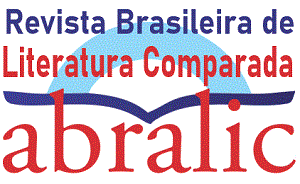ABSTRACT
In this article, I reflect on the “invisibility of the translator”, denounced by Lawrence Venuti (1995), pointing out the limits of foreignization of the translated text as an ethical strategy to give visibility to the translator. For this, I make a distinction between translation as a profession and as a craft to circumvent the translators’ situation, their gestures, the origin of their invisibility and how we could make them visible or recognizable to the community. Based on the work of the American sociologist and historian Richard Sennett (2013), I seek to understand the translator as a “craftsman”, by associating this invisibility to the degradation of manual work, in a merely mechanical conception. Finally, with Paulo Henriques Britto (2012), I try to suggest a solution (not the only one), based on the visibility of the craft for the appreciation of the translators’ profession.
KEYWORDS:
Translator; Invisibility; Profession; Craftsman
